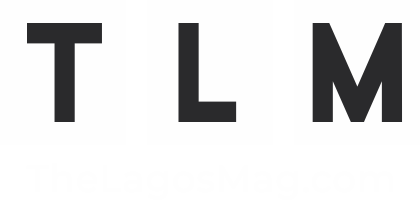The Consolidated Guidelines for the implementation of Fiscal Incentives for the Oil & Gas Sector are a cornerstone of the Presidential Directive aimed at enhancing the Nigerian oil & gas sector’s global competitiveness while stimulating economic growth. Yesterday, Wale Edun, the minister of finance and coordinating minister of the economy, presided over a signing ceremony at the Federal Ministry of Finance headquarters in Abuja, further revitalizing the industry’s contribution to the Nigerian economy.
Olu Verheijen, the Special Advisor to the President on Energy, revealed during the signing that the Presidential Directives were created and coordinated to guarantee a competitive framework for Nigeria’s oil and gas business. The Nigerian Upstream Petroleum Regulatory Commission (NUPRC), the Nigerian Midstream and Downstream Petroleum Regulatory Authority (NMDPRA), and the Federal Inland Revenue Service (FIRS) are among the important regulatory bodies that contributed to the development of these consolidated guidelines for the fiscal incentives. The guidelines were developed through close collaboration between the Finance and Petroleum Ministries.
Verheijen claims that these new policies are intended to draw in over $10 billion in fresh investment over the course of the next 12 to 18 months and provide a competitive Internal Rate of Return (IRR) for Oil & Gas Projects.
In order to increase export revenue and support Nigeria’s industrialization, they also reaffirm Nigeria’s commitment to achieving its long-term oil production goal of 4 million barrels per day while improving the reliability of the gas supply.
They also reaffirm Nigeria’s commitment to achieving its long-term goal of producing 4 million barrels of oil per day while improving the gas supply’s dependability to increase export revenue and support the country’s industrialization.
The NUPRC Guideline on Hydrocarbon Liquids Content in a Non-Associated Gas (NAG) Field, which is necessary for precisely classifying and measuring the hydrocarbon liquid content in these fields, was one of the recommendations signed, according to Verheijen. Further guidelines were provided to taxpayers to clarify the computation of the Midstream Capital and Gas Utilization Allowance and the Applicability of Tax Credits and Allowances for Non-Associated Gas Greenfield Development.
In his speech, Edun expressed his gratitude to President Bola Ahmed Tinubu for approving the directive in February 2024 that would stimulate growth in Nigeria’s oil and gas industry, which had been in a state of stagnation for the previous ten years. He added, highlighting the guidelines’ potential.
The goal is to foster an environment that attracts investment and fosters global competitiveness. We also know it’s foreign direct investment in this instance.
Numerous stakeholders, such as NNPC Limited, the Independent Petroleum Producers Group (IPPG), and the Oil Producers Trade Section (OPTS), were present at the signing event, underscoring Nigeria’s coordinated efforts to revitalize its oil and gas industry.


